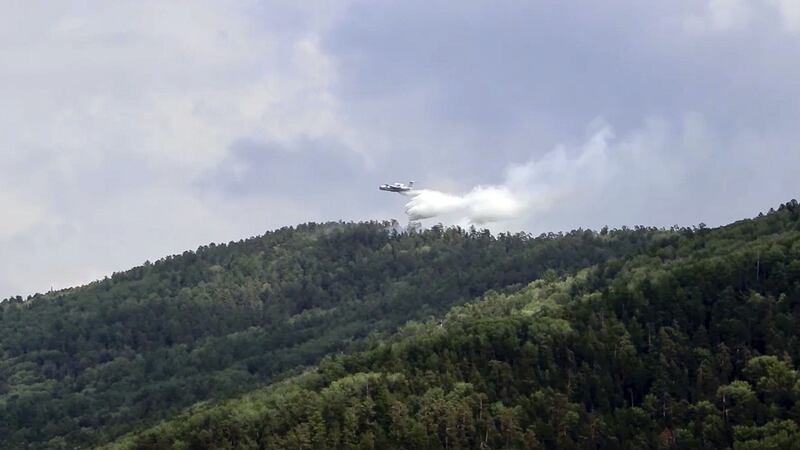The UN weather agency warned that average temperatures in Siberia were 10C (18F) above average last month, a spate of exceptional heat that has fanned devastating fires in the Arctic Circle and contributed to a rapid depletion in ice sea off Russia’s Arctic coast.
“The Arctic is heating more than twice as fast as the global average, impacting local populations and ecosystems and with global repercussions,” World Meteorological Organisation secretary-general Petteri Taalas said in a statement.
He noted that Earth’s poles influence weather conditions far away, where hundreds of millions of people live.
We've put together a summary of the latest information on #Siberian heat, #wildfires and #Arctic sea ice.Image via @m_parrington Details at https://t.co/LrjKWrjWl4#ClimateChange #ClimateAction pic.twitter.com/SU3TKzc9qE
— World Meteorological Organization (@WMO) July 24, 2020
WMO previously cited a reading of 38C (100.4F) in the Russian town of Verkhoyansk on June 20, which the agency has been seeking to verify as a possible record-high temperature in the Arctic Circle.
It comes as fires have swept through the region, with satellite imagery showing the breadth of the area surface.
The agency says the extended heat is linked to a large “blocking pressure system” and northward swing of the jet stream that has injected warm air into the region.
But WMO also pointed to a recent study by top climate scientists who found that such a rise in heat would have been nearly impossible without human-caused climate change.
WMO said information collected by the US National Snow and Ice Data Centre and the US National Ice Centre showed the Siberian heat wave had “accelerated the ice retreat along the Arctic Russian coast, in particular since late June, leading to very low sea ice extent in the Laptev and Barents Seas”.








